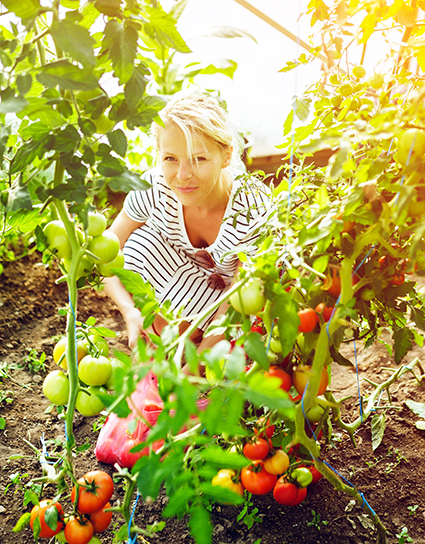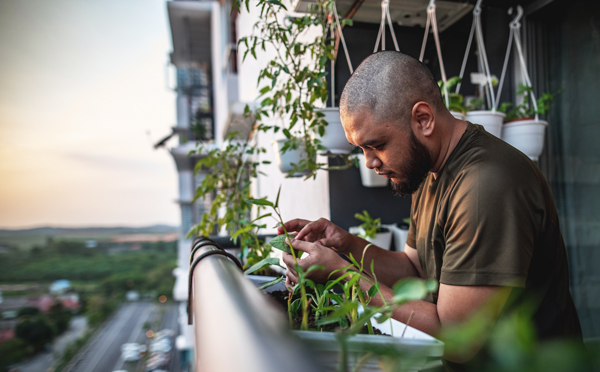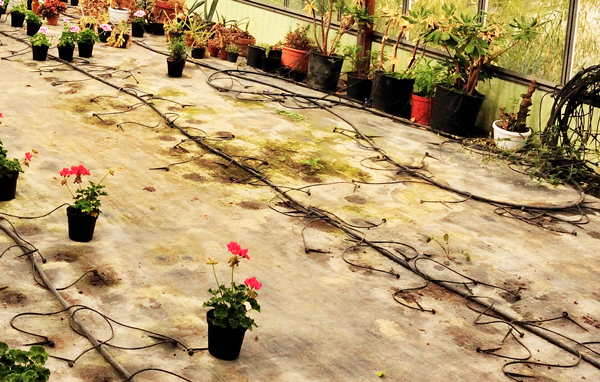From ornamental growers and retailers to distributors, 2022 has been a rollercoaster. But one grower recently told us that rollercoasters aren’t bad—if you just relax and enjoy the ride. As we look to 2023, many factors are in play. And the ride isn’t over yet. Supply chains haven’t normalized, and inflation dominates headlines. Yet several trends bode well for next year’s plant sales.
Economic conditions
Nursery Management magazine’s 2022 State of the Industry report hit the stands in September. Optimism varied among those of you who participated in their survey this year. More than two-thirds of you cited the economy as your business’s top challenge for 2023. Nine out of 10 nurseries finally raised prices in 2022—something many hesitated to do. More than half expect to do the same next year.
Consumers feel the economy’s pinch, but surveys show landscaping and gardening continued to grow this year. The National Gardening Association reminded people that households growing fruits and vegetables save $500 a year on average. With groceries walloped by inflation, that information hit home.

More people joined the 18 million-plus who started gardening the previous two years. And they didn’t stop at produce. As in 2021—the horticulture industry’s best year ever—food gardeners expanded into ornamentals again this year. Experts expect these new consumers and their projects to grow in 2023.
Consumer spending
Historically, the hort industry does well when times are tough. People forgo travel and invest in improvements at home, including landscaping and outdoor spaces. We saw this in action when early pandemic closures forced people to stay put. In typical cycles, things reverse when conditions improve. But this time, things are different.
After nearly three years of restrictions, people have resumed their pre-pandemic activities. But despite spending less time at home, they haven’t curtailed home improvement purchases. McKinsey & Company reports that U.S. consumer spending on home improvement and maintenance is up 11 percent from pre-COVID projections—even after adjustments for inflation.
A September Deloitte report shows consumer concerns about inflation are easing. Delayed projects and large purchases are moving forward now. A recent marketing study reminds us that today’s homeowners consider landscaping and gardening as home improvement priorities. Homeowners are turning to more complex outdoor projects, and spring 2023 looks prime for the plants they’ll need.
Generational influences
Millennials still comprise the largest share of home buyers. But the National Association of Realtors reports that the oldest millennials are now home sellers looking to move up. As mortgage interest rates continue climbing, the housing market has cooled. But the market for improving curb appeal hasn’t—whether owners stay put or prep for future sales.
According to Axiom Marketing, more than three-fourths of millennials were gardening or landscaping more in 2022. Their satisfaction ratings were solid—only a small percentage weren’t happy with their results. Health and wellness benefits associated with plant-centric lifestyles helped drive purchasing for this generation as well.
Many new greenhouse and nursery end-consumers, especially millennials and post-millennial Gen Zers, don’t identify as gardeners in any traditional sense. They’re buying plants for home improvement; home décor inside and out; health, wellness, and nutrition; and environmental benefits. And these new generations are projected to increase spending in all these areas.
Planting trends
Industry-wide plant shortages have limited sales for some growers and retailers, but it seems supplies look better for next season. Fifty-eight percent of growers surveyed for Nursery Management’s annual report experienced crop shortages this year, but 35% expect overages come spring. And only 5% of you plan expansions next year.
You can look at that glass as half-empty or half-full. Will excess plant inventories sit on lots unsold? Or will they fill demands that went unmet the past three springs? Probably both. But wherever you stand, it pays to stay in tune with what your end consumers are seeking and sourcing.
Houseplants remain popular, and the number of growers hasn’t increased substantially. Native plants and nativarsare positioned for continued strong demand. Plants with unusual flower or leaf color, multi-attribute interest, intriguing textures, or simply a great story behind their introduction are poised for more increase. And many consumers couldn’t care less if they’re annuals, perennials, or woodies. They’re looking for one spectacular showy season.
Here at ICL, we’re keeping our eye on the market and working to keep you informed of what we learn. From where we stand, the horticulture industry is moving onward and upward. And we’re here to help you hit your goals. Give us a call. Let us help you be ready for 2023.
